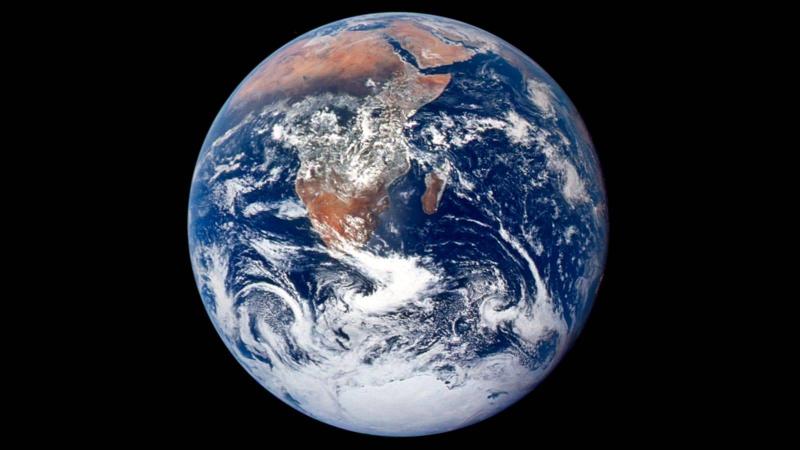Our planet contains rocks, minerals, oceans, and even human-made structures, which raises the question: what is the true weight of our planet? In reality, there isn’t a single answer to this question. Just as a person's weight fluctuates when stepping on the surface of the Moon, the weight of Earth is not constant. Instead, it varies based on the gravitational force it exerts, meaning it could weigh trillions of pounds or an extremely small amount.
While the weight of Earth may seem like a mystery, scientists have worked diligently to uncover its secrets by studying the forces of mass and gravity. The culmination of centuries of research has provided valuable insights into the weight of our planet. According to NASA, the mass of Earth is approximately 5.9722×10^24 kg, or about 13.1 septillion pounds. This is equivalent to about 13 quadrillion times the weight of the Egyptian Khafre pyramid, which weighs around 4.8 billion kilograms.
Earth’s mass fluctuates slightly due to the addition of space dust and gases leaking from our atmosphere, but these small changes won’t significantly affect Earth for billions of years. Physicists around the world still do not agree on the decimal points, and reaching this total figure has not been an easy task.
Since it is impossible to place Earth on a scale, scientists had to use other measurable methods. Meteorologist Stefan Schlaminger from the National Institute of Standards and Technology explains that Isaac Newton's law of universal gravitation plays a crucial role in understanding Earth’s mass. This law states that any body with mass exerts a gravitational force, resulting in attraction between any two bodies.
Scientists could theoretically measure the mass of Earth by measuring the gravitational force the planet exerts on an object at its surface. However, the challenge was that no one had been able to determine the G (gravitational constant) value. In 1797, physicist Henry Cavendish conducted pioneering experiments, now known as the Cavendish experiments, to measure the gravitational force between objects. These experiments were instrumental in accurately determining the mass of Earth, a task that was once considered impossible.




